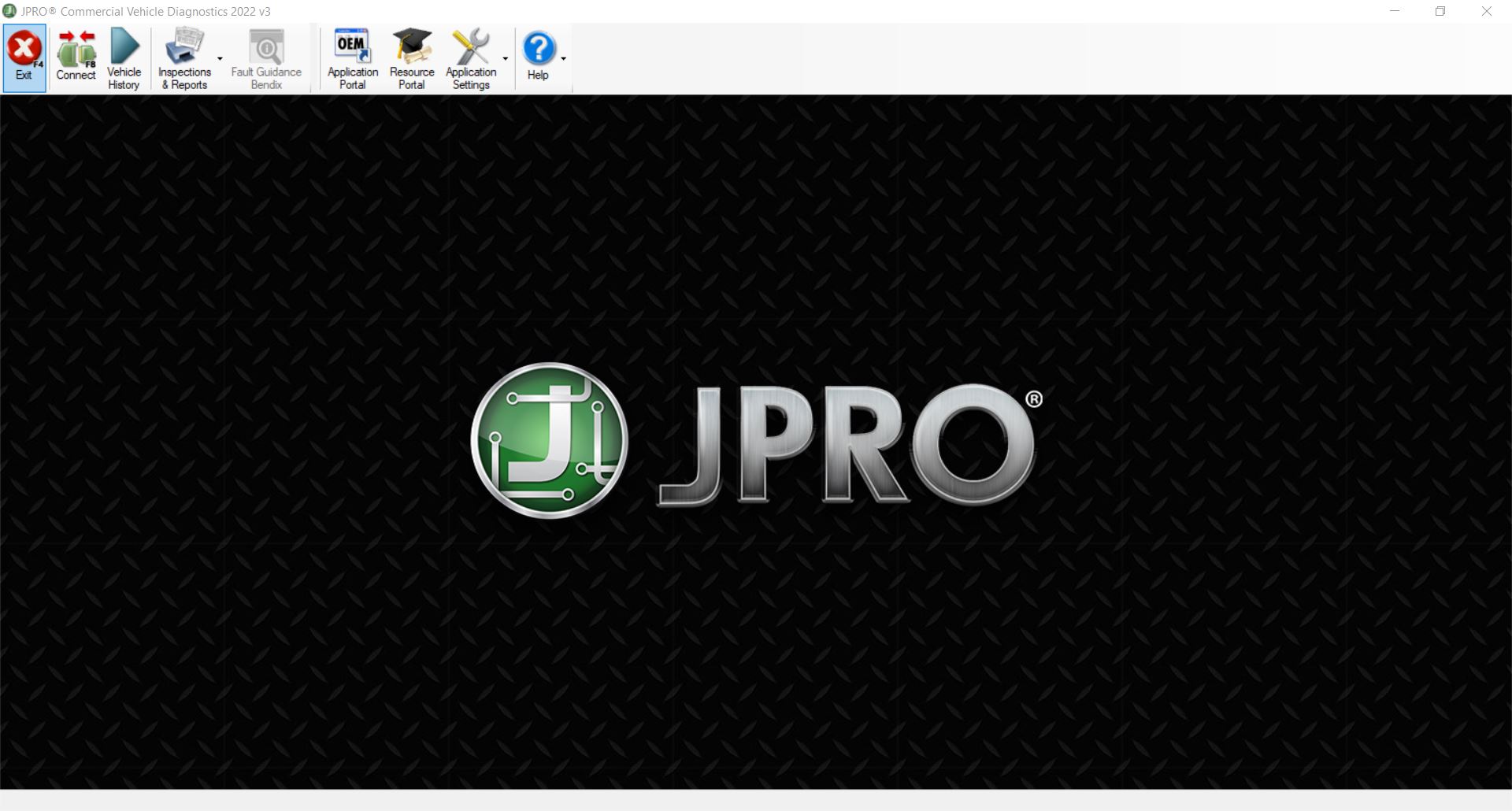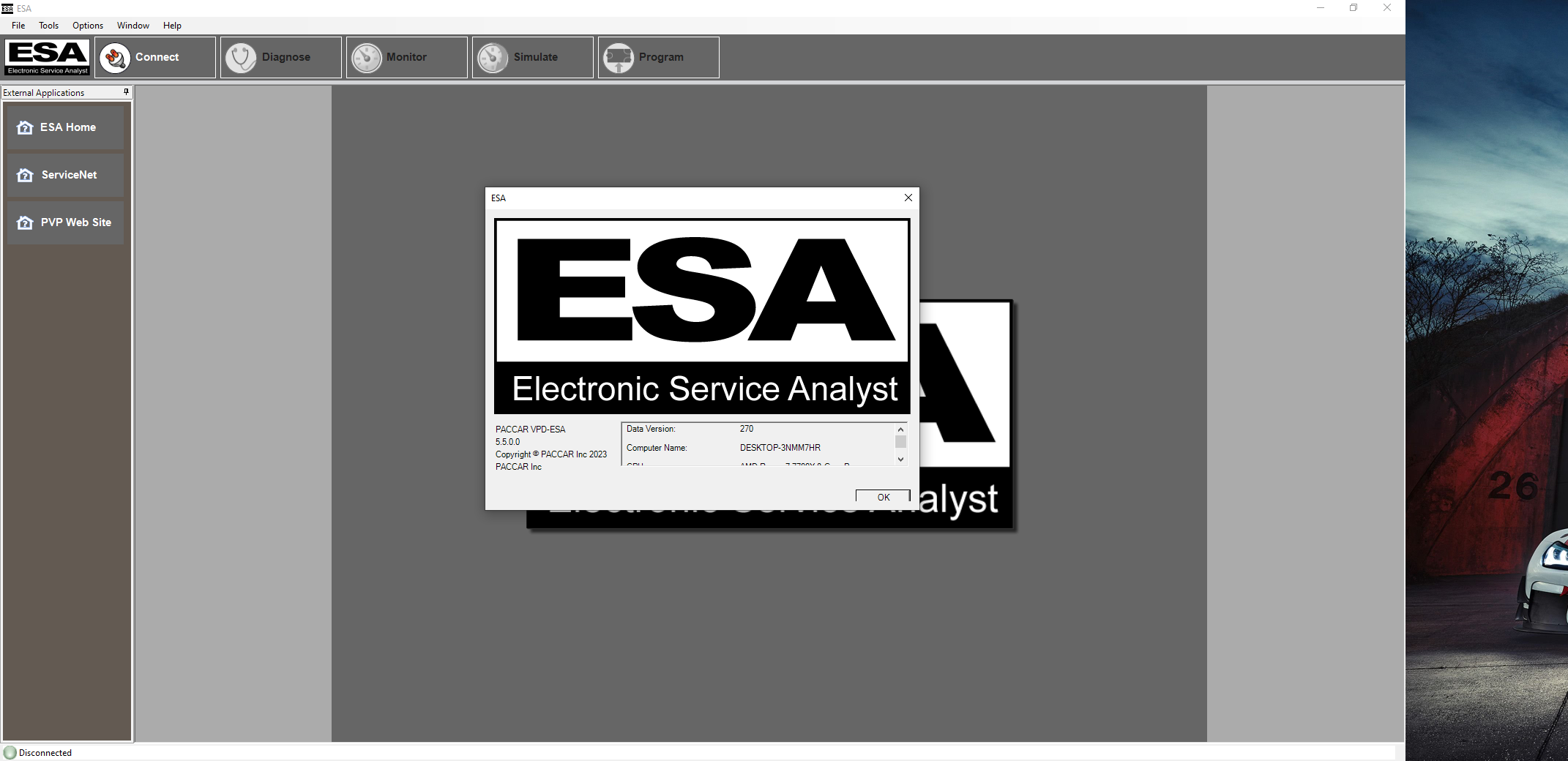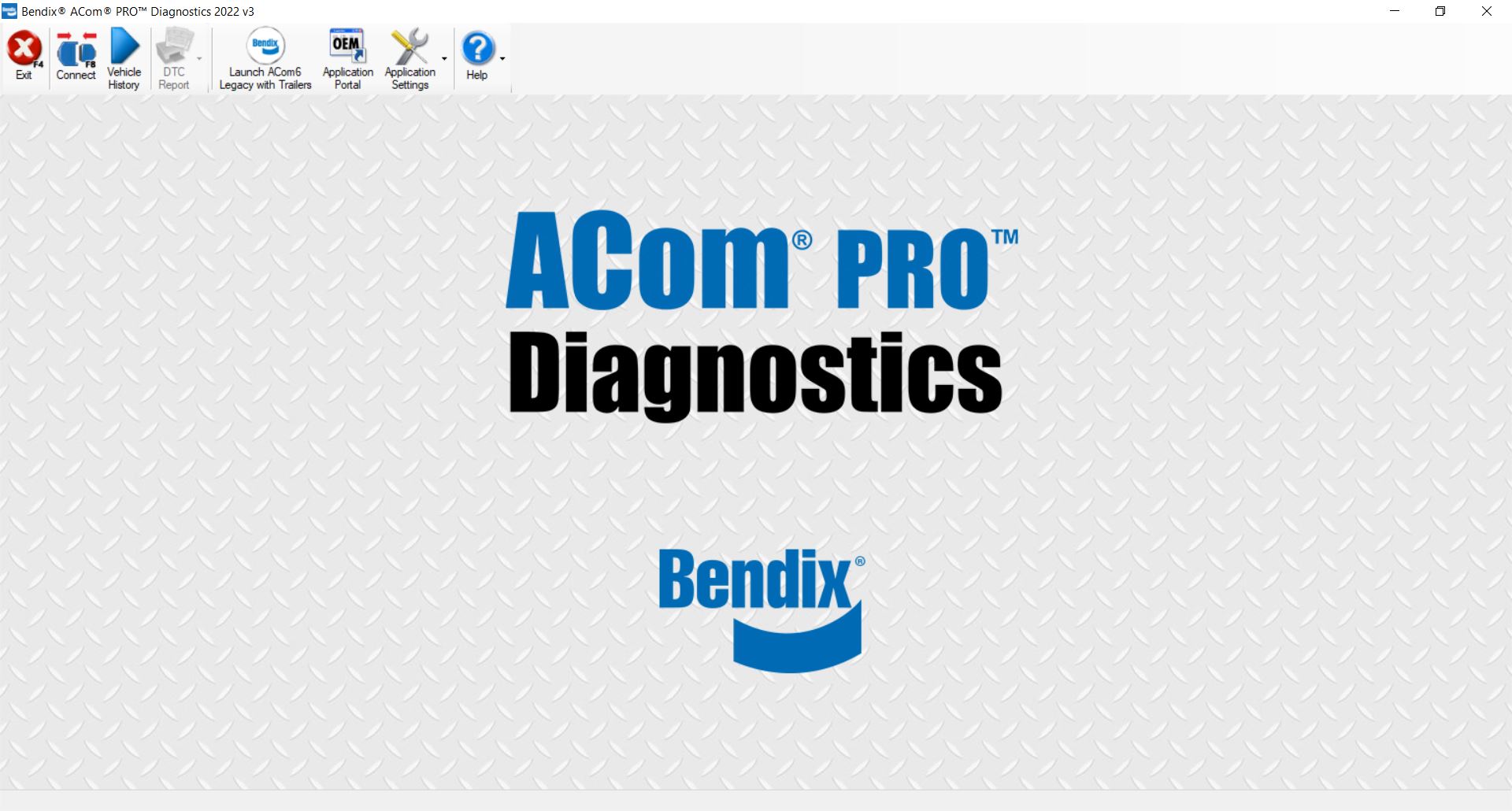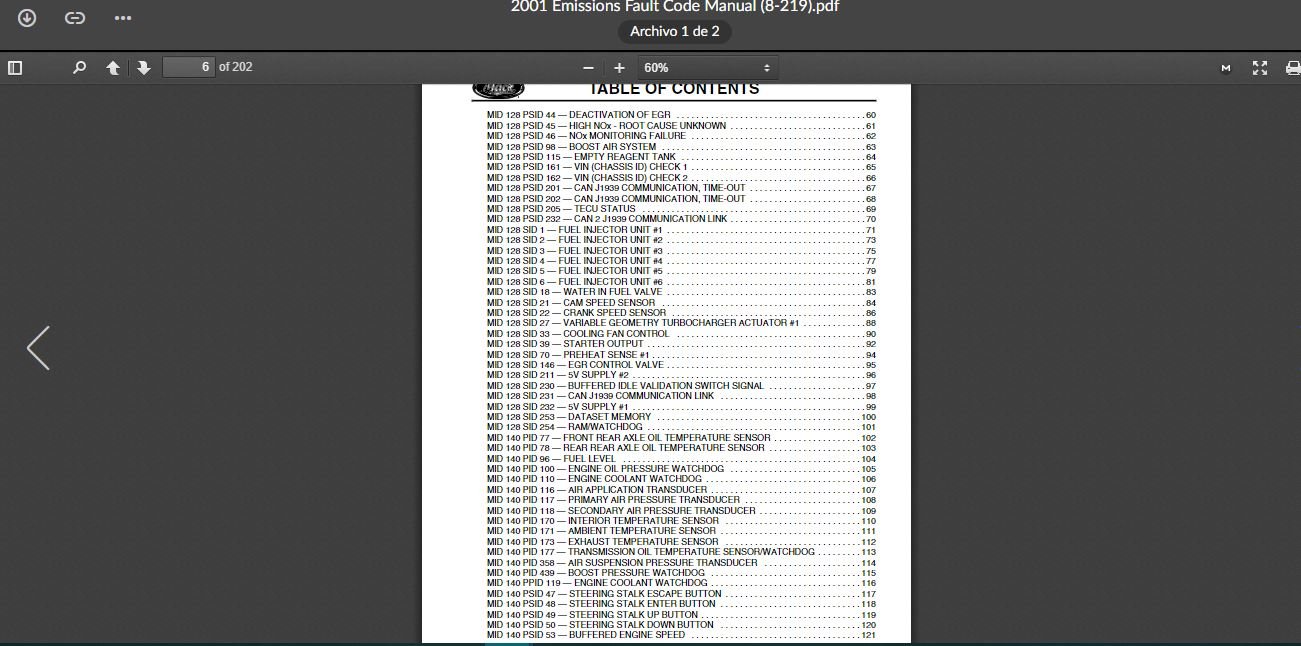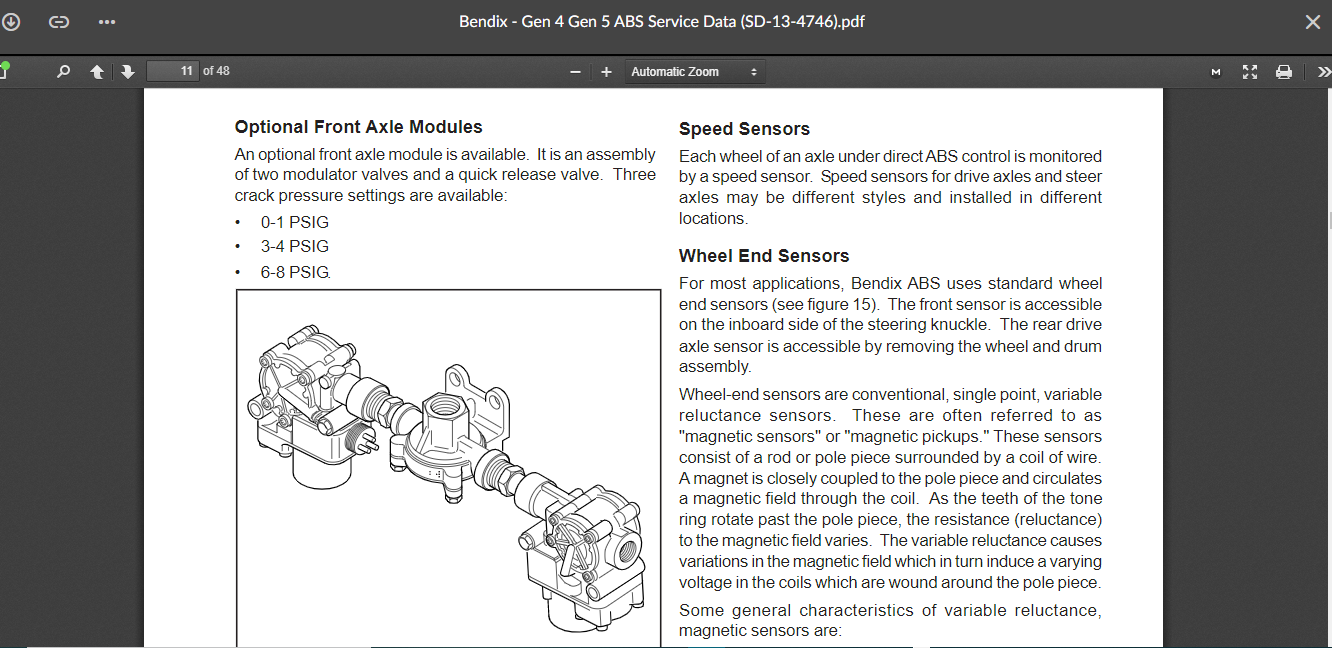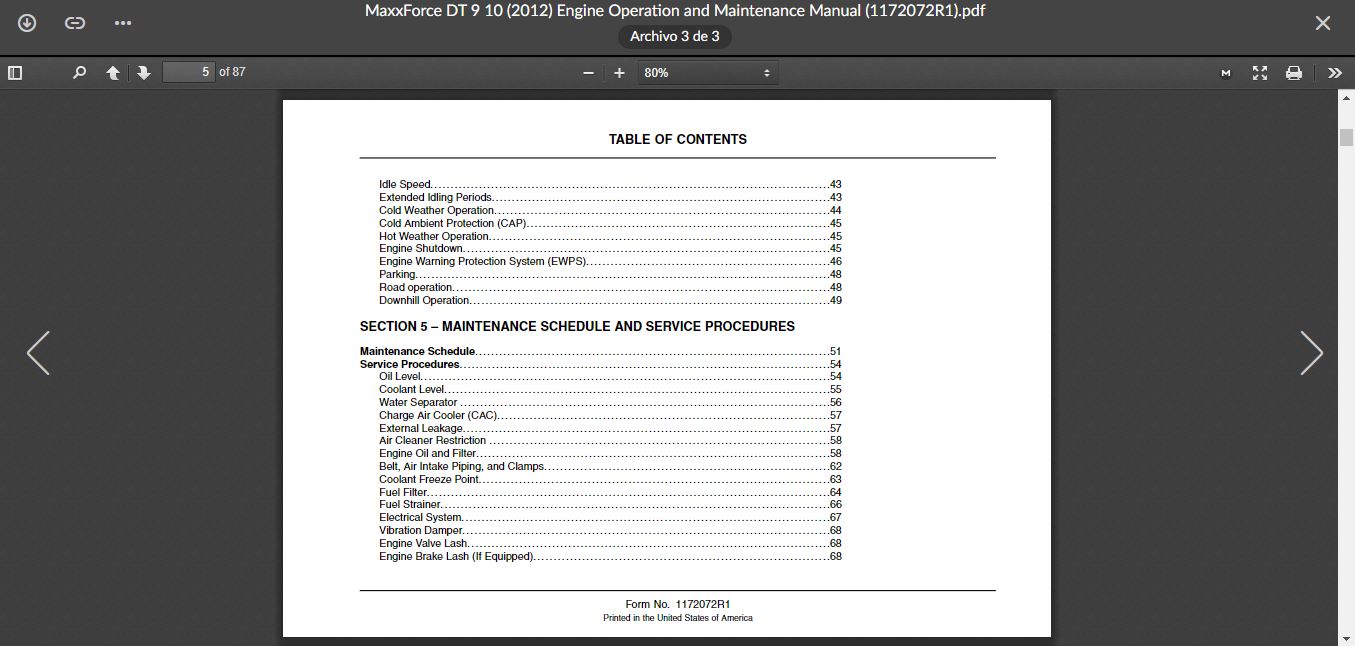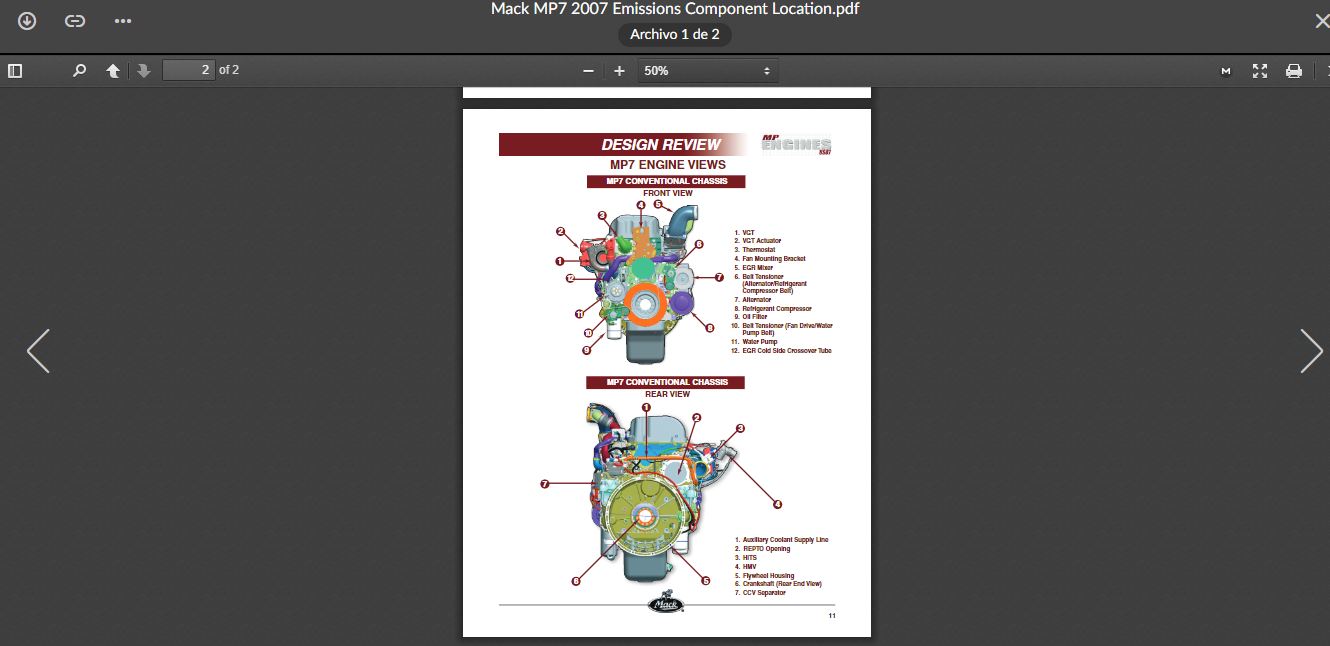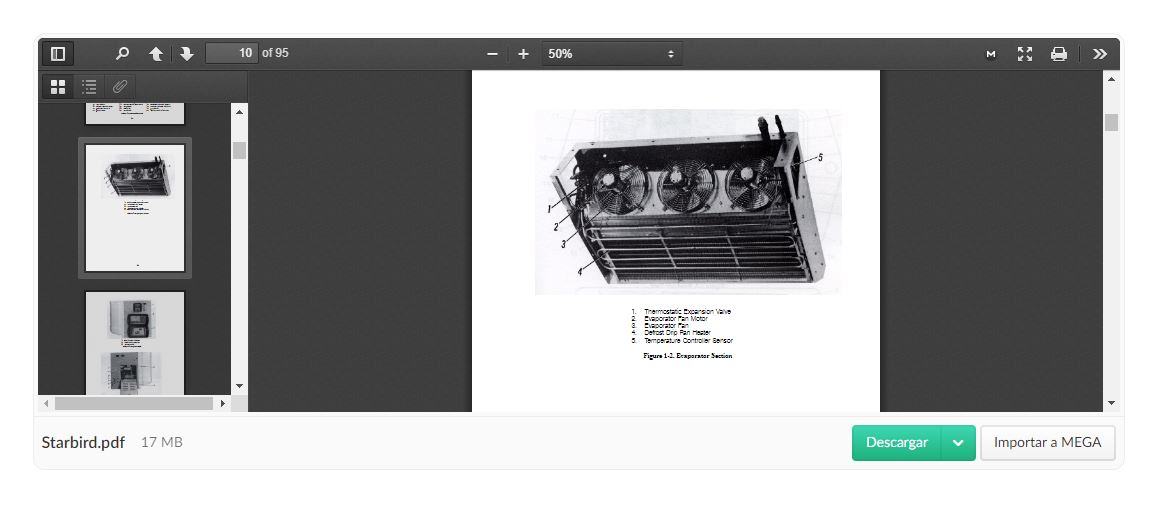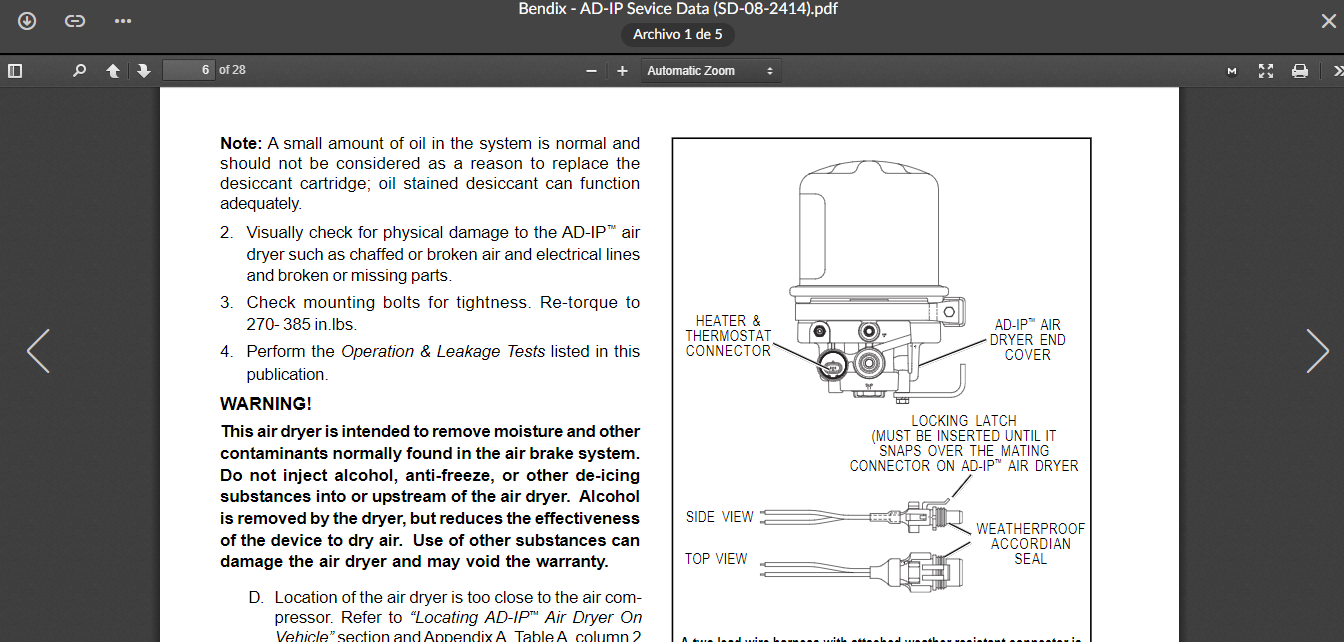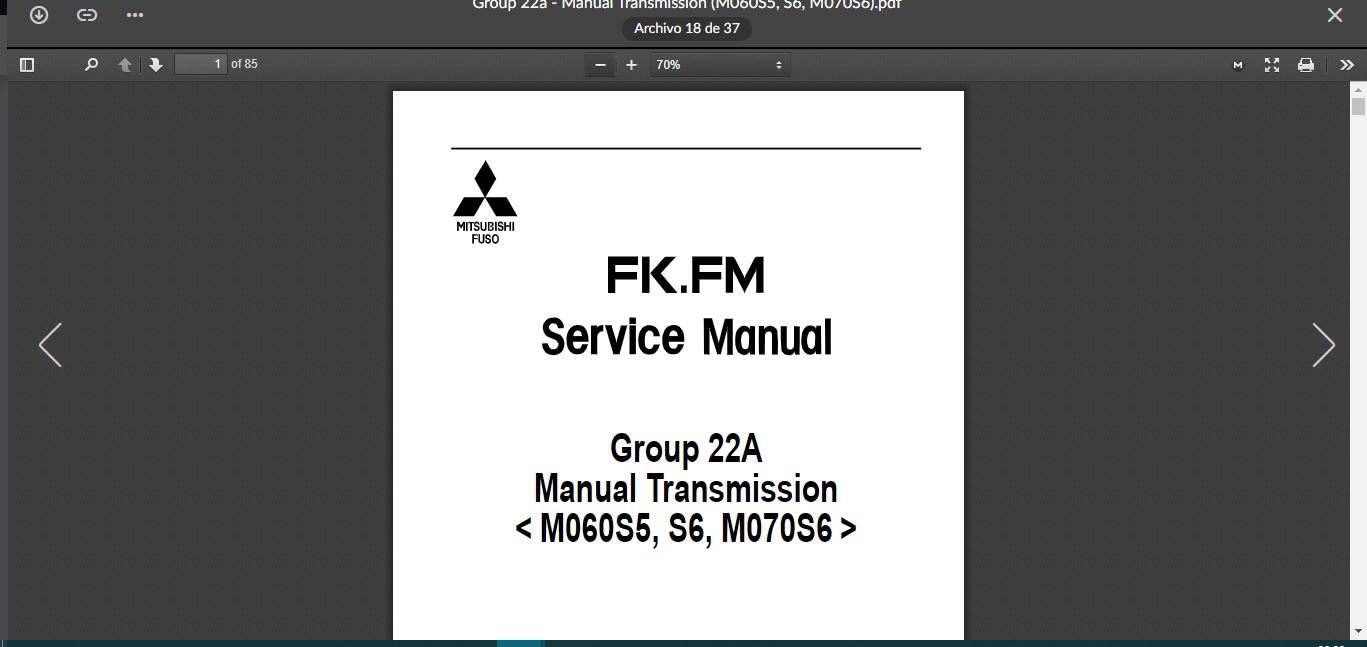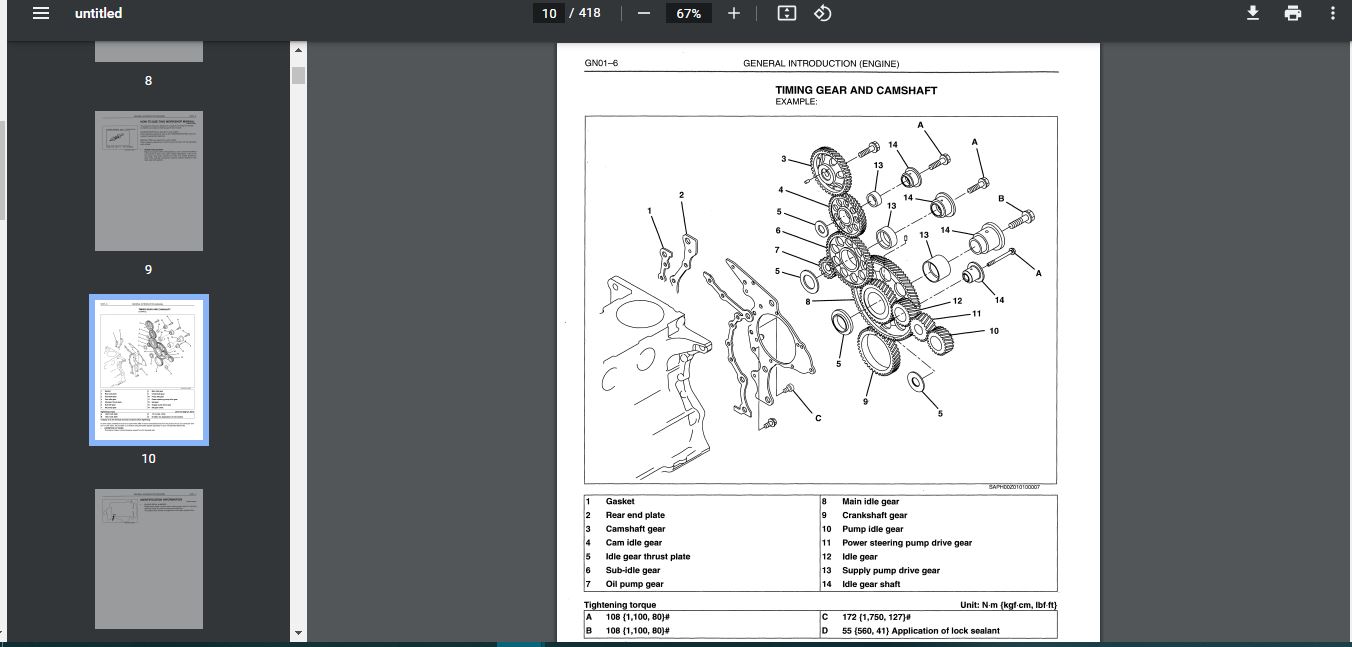Allison 1000 & 2000 Gen 5 Fault Code:P2723 Pressure Control Solenoid 1 (PCS1) – Stuck Off
CIRCUIT DESCRIPTION:
PCS1 is used to control oncoming, off-going, and holding pressure in any one of five clutches. This solenoid is referred to as Pressure Proportional to Current (PPC) since the output hydraulic pressure supplied by this solenoid is proportional to the controlled current command.
The TCM uses information from the turbine and output speed sensors to detect if a clutch is slipping. The clutch being controlled by PCS1 varies depending on the shift that is being completed. DTC P2723 sets when the TCM detects an incorrect oncoming ratio (range to range) for an accumulated number of occurrences.
ACTION TAKEN WHEN THE DTC SETS:
When DTC P2723 is active, the following conditions occur:
1. If failure occurs while in a forward range, the transmission shifts to the previous range.
2. If failure occurs while in N (Neutral) or R (Reverse), the transmission locks in N (Neutral).
3. If the shift selector is moved to N (Neutral), the transmission shifts to N (Neutral) (some cases may lock in N (Neutral)).
4. If the shift selector is moved to R (Reverse), the transmission shifts to R (Reverse) or N (Neutral)
5. If the shift selector is returned to a forward range and the transmission is compromised by overspeeding or a direction change, the transmission shifts to N (Neutral).
6. The CHECK TRANS light illuminates (non-OBD II strategy).
7. TCM inhibits Torque Converter Clutch (TCC) engagement.
8. The DTC is stored in the TCM history.
9. The TCM forces Variable Modulated Main off.
10. The TCM freezes shift adapts (DNA).
CONDITIONS FOR CLEARING THE DTC:
Use the diagnostic tool to clear the DTC from the TCM history. The TCM automatically clears the DTC from the TCM history if the vehicle completes 40 warm-up cycles without the DTC recurring.
DIAGNOSTIC AIDS:
The following procedures are not documented in any OEM procedures or in any OEM Troubleshooting or Service information and should not be used as a method to diagnose any transmission DTCs, function, or shift quality concern:
1. Back-probing any connections used for transmission features or functions may damage and/or unlock terminals from the back-probed connector creating permanent or intermittent shorts and/or open circuits. If possible, use the J-39700 Breakout Box, the appropriate harness adapters, and appropriate magnetic overlays to troubleshoot the vehicle.
2. Load-testing any transmission-related circuits with any other electrical devices such as vehicle lamps or relays, especially with the TCM connected to the harness. Use J-39700 Breakout Box and appropriate harnesses with the diagnostic tool to monitor the circuit performance in question unless otherwise specified in the various Troubleshooting information.
3. Piercing a wire to check for voltages, shorts-to-grounds or other wires anywhere in the circuit but especially at the TCM. This creates a leak path for moisture and damages the wire and insulation.
4. This DTC indicates the oncoming clutch being controlled by PCS1 is not applied or applied too slowly. This could indicate a leak or obstruction in a specific clutch apply circuit. Check the diagnostic tool failure record data for previous or current range information to determine the specific shift when the DTC was set. Refer to SOLENOID AND CLUTCH information to determine which clutch circuit is suspect.
If the condition is intermittent, connect the diagnostic tool and select the speed sensor indicated by the DTC. If the signal is erratic, investigate and eliminate the following:
1. Intermittent wiring connection
2. Excessive vibration (driveline or engine torsionals)
3. Irregular sensor gap (loose sensor, loose or damaged tone wheel)
Inspect and confirm that the OEM engine rating does not exceed the transmission model rating. Also inspect for the presence of an add-on engine power package or module. Whenever the engine horsepower or torque is increased over the transmission factory rating, a shift flare condition may occur leading to the DTC indicated.
NOTE: Clutch failure due to an OEM engine rating exceeding the OEM transmission rating, or the installation of an engine power package or module will not be covered under the OEM transmission warranty.
Related
-
International Truck ISIS – Oncommand Service Information Q4.2020 [04.2020]
Navistar $85.00Rated 0 out of 5 -
CAT ET 2021A (Caterpillar Electronic Technician) + Factory Password (1 PC )
CAT $65.00Rated 0 out of 5
-
DOWNLOAD NISSAN UD DIESEL PC-CONSULT DIAGNOSTIC 1.1.13 & PC-REPROMASTER 1.2.0
NISSAN UD $100.00Rated 0 out of 5 -
DOWNLOAD Paccar ESA Electronic Service Analyst 5.5.0 Diagnostic Software 2023
PACCAR $96.00Rated 0 out of 5
Related products
-
Allison 1000 & 2000 Gen 4 Fault Codes: P0872 Transmission Pressure Switch Solenoid E Circuit Stuck Closed
1000 & 2000 Gen 4 $50.00Rated 0 out of 5 -
Allison 1000 & 2000 Gen 4 Fault Codes: P0876 Transmission Reverse Pressure Switch Circuit Stuck Open
1000 & 2000 Gen 4 $50.00Rated 0 out of 5 -
Allison 1000 & 2000 Gen 4 Fault Codes: P0871 Transmission Pressure Switch Solenoid E Circuit Stuck Open
1000 & 2000 Gen 4 $50.00Rated 0 out of 5 -
Allison 1000 & 2000 Gen 4 Fault Codes: P0846 Transmission Pressure Switch Solenoid D Circuit Stuck Open
1000 & 2000 Gen 4 $50.00Rated 0 out of 5 -
Allison 1000 & 2000 Gen 4 Fault Codes: P1892 Throttle Position Sensor Pulse Width Modulation (PWM) Signal High Input
1000 & 2000 Gen 4 $50.00Rated 0 out of 5 -
Allison 1000 & 2000 Gen 4 Fault Codes: P2771 Four-Wheel Drive Switch Circuit
1000 & 2000 Gen 4 $50.00Rated 0 out of 5 -
Allison 1000 & 2000 Gen 4 Fault Codes: U1096 J1850 (Class 2) IPC Controller State of Health Failure
1000 & 2000 Gen 4 $50.00Rated 0 out of 5 -
Allison 1000 & 2000 Gen 4 Fault Codes: P0123 Pedal Position Sensor Circuit High Voltage
1000 & 2000 Gen 4 $50.00Rated 0 out of 5 -
Allison 1000 & 2000 Gen 4 Fault Codes: P0875 Transmission Reverse Pressure Switch Circuit Malfunction
1000 & 2000 Gen 4 $50.00Rated 0 out of 5 -
Allison 1000 & 2000 Gen 4 Fault Codes: P0870 Transmission Pressure Switch Solenoid E Circuit
1000 & 2000 Gen 4 $50.00Rated 0 out of 5 -
Allison 1000 & 2000 Gen 4 Fault Codes: P2773 Torque Control Request Ignored – ECM/TCM
1000 & 2000 Gen 4 $50.00Rated 0 out of 5 -
Allison 1000 & 2000 Gen 4 Fault Codes: P0873 Transmission Pressure Switch Solenoid E Circuit High
1000 & 2000 Gen 4 $50.00Rated 0 out of 5 -
Allison 1000 & 2000 Gen 4 Fault Codes: P1779 Engine Torque Delivered To TCM Signal
1000 & 2000 Gen 4 $50.00Rated 0 out of 5
-
SERVICE MANUAL International Engines MaxxForce DT 9 10 (2010-2013)
INTERNATIONAL ENGINES $20.00Rated 0 out of 5 -
SERVICE MANUAL Carrie Starbird TDB/TDS-215 and Starbird PlusTDB/TDS-219
CARRIE $24.00Rated 0 out of 5


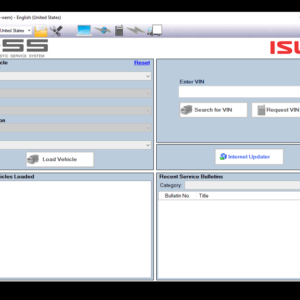



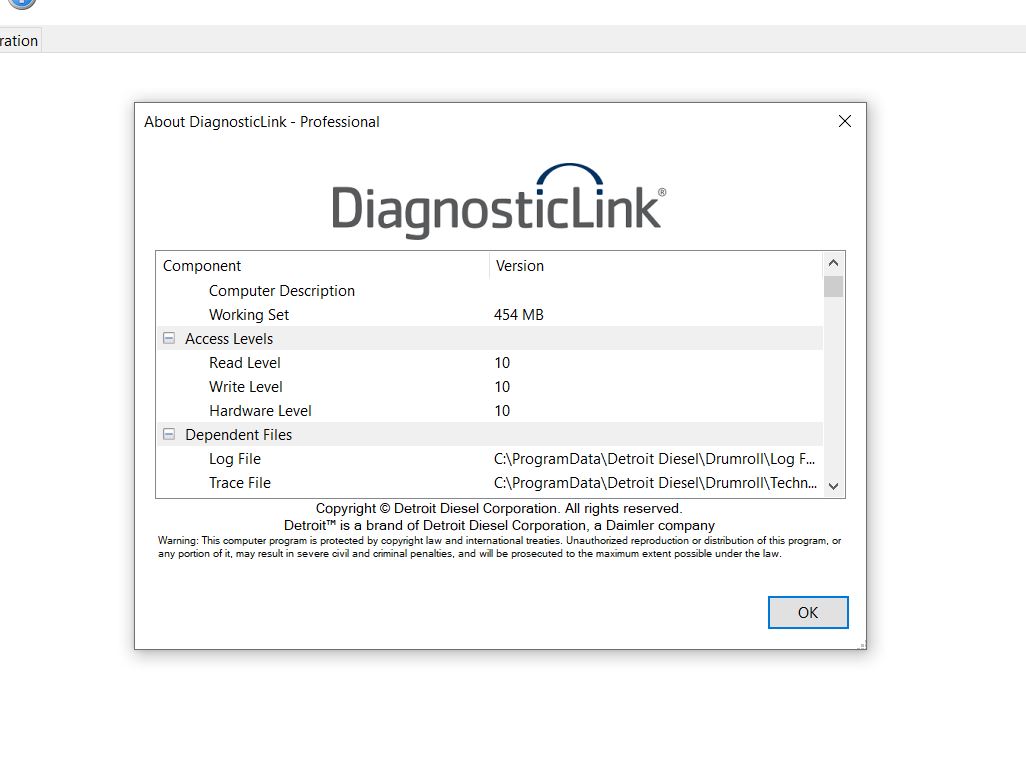

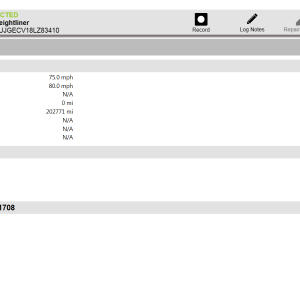

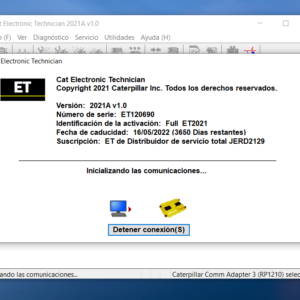

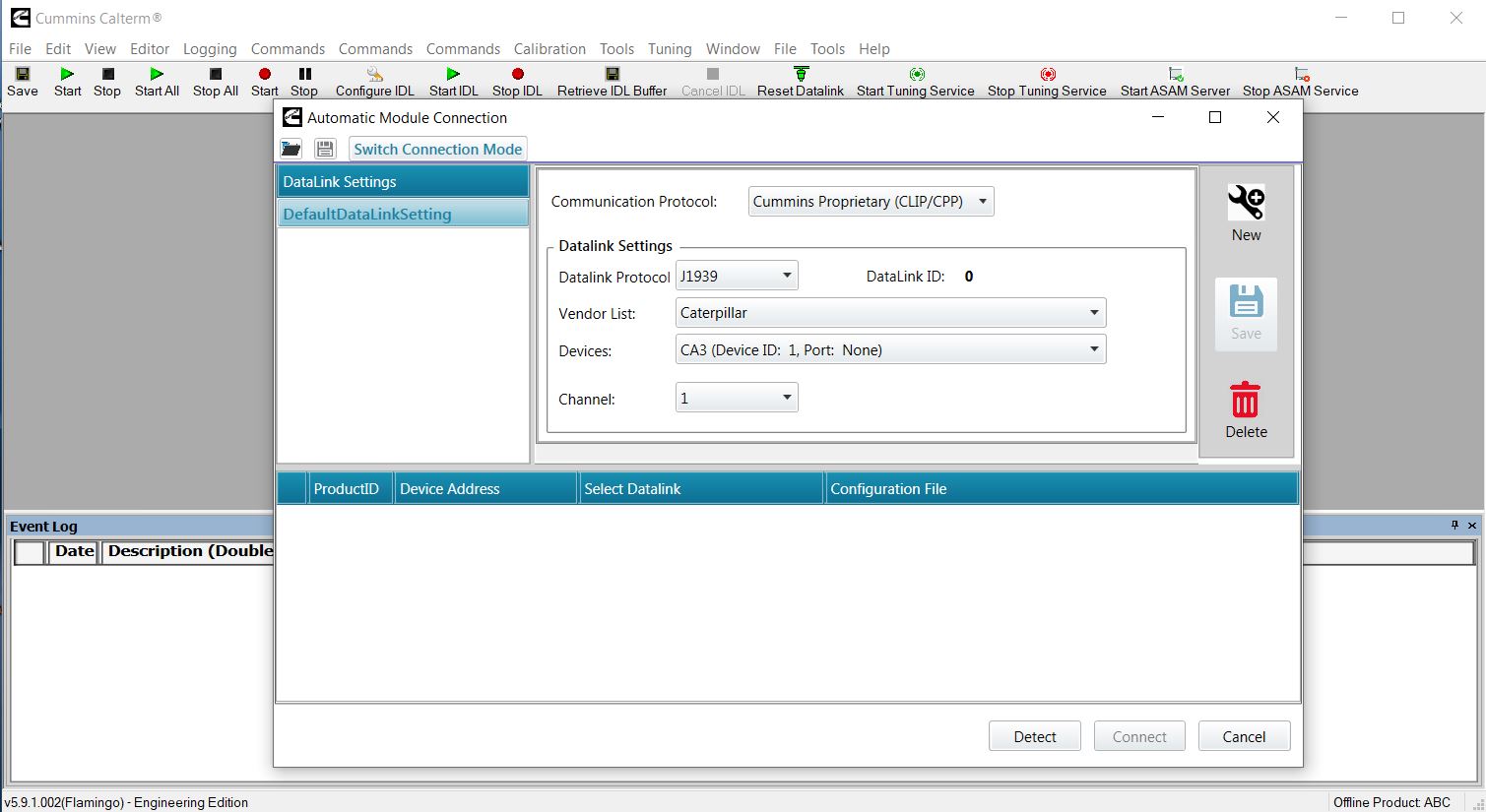

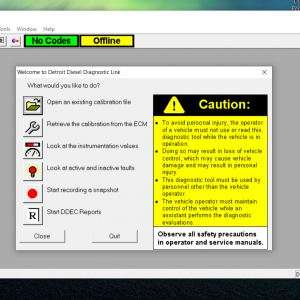


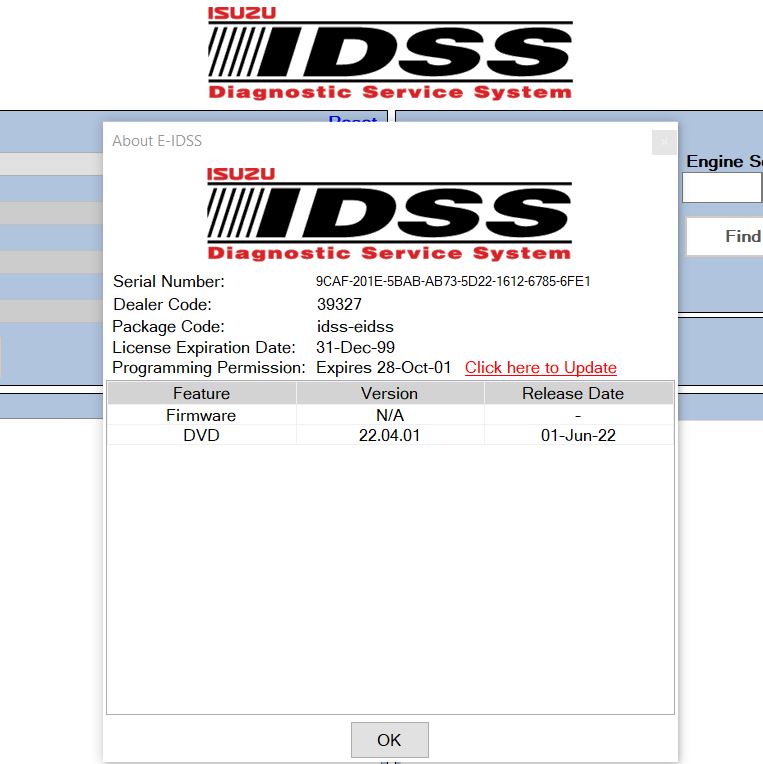





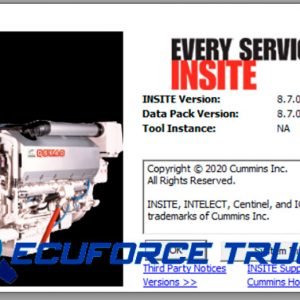

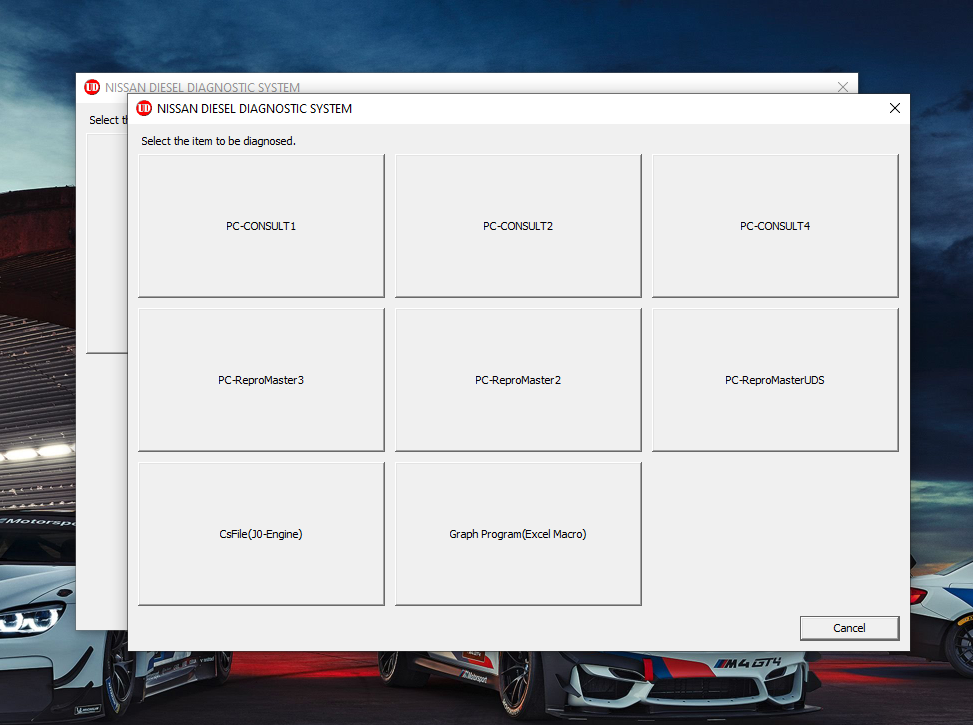
![DOOSAN DMS-5 3.1.3 [2023.11] diagnostic software](https://i0.wp.com/www.ecuforcetruck.com/wp-content/uploads/2023/11/1.png?resize=300%2C300&ssl=1)
![DOOSAN DMS-5 3.1.3 [2023.11] diagnostic software](https://www.ecuforcetruck.com/wp-content/uploads/2023/11/Captura-1.png)



